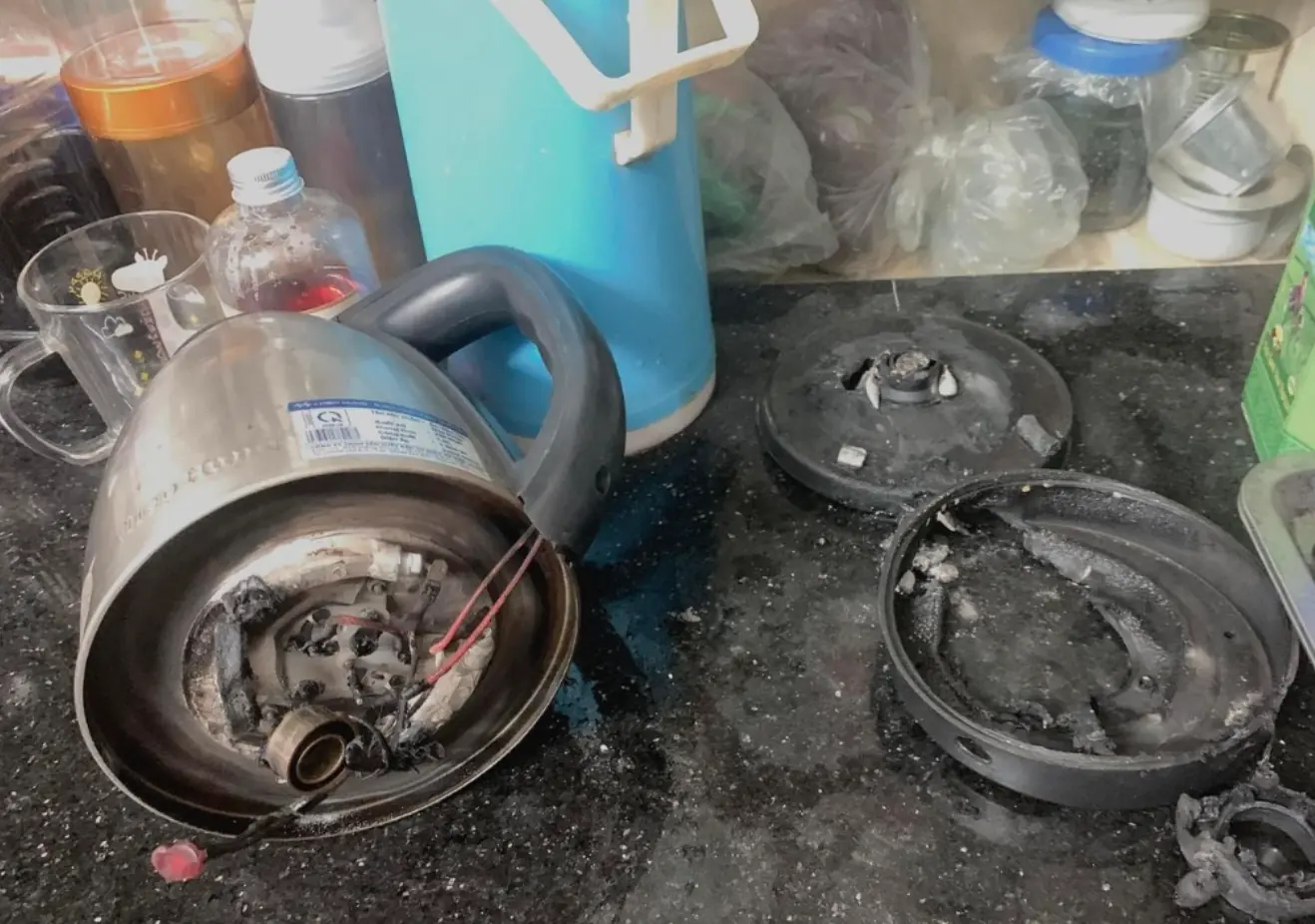
Be careful when planting these plant
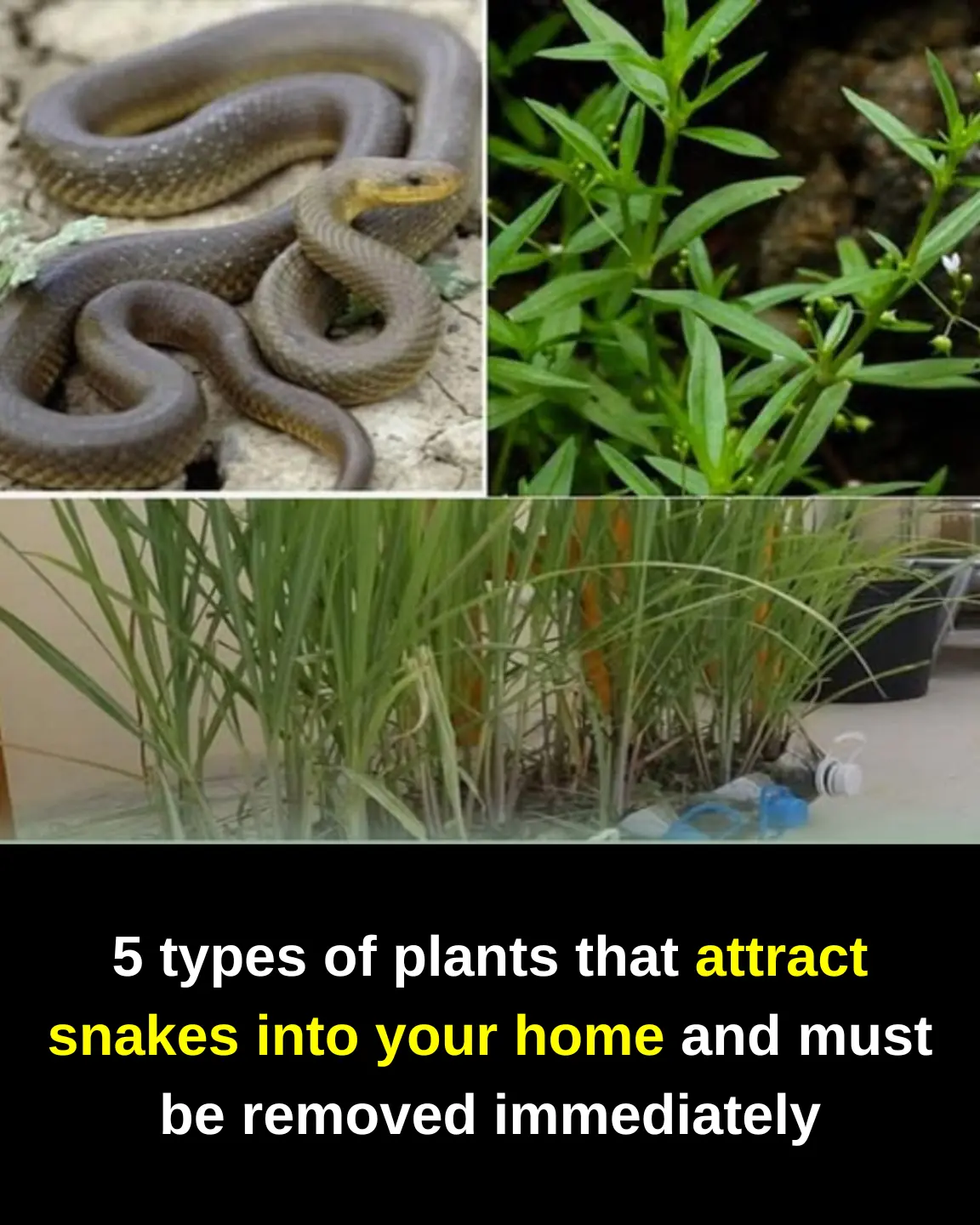
5 Types of Plants That Attract Snakes Into Your Home and Must Be Removed Immediately – Number 1 Is a Favorite Among Many Homeowners
Snakes are listed among the most dangerous animals to humans. Surely, none of us wants to encounter these creatures within our home premises. Based on traditional wisdom, elders have concluded that to avoid attracting snakes, you should not plant the following five types of plants—because they provide the “ideal habitat” for snakes.
1. Sweet Woodruff, Queen’s Flower, Jasmine, and Patchouli
Many people believe that the fragrant scent of the flowers from these plants attracts snakes, but that isn’t really the case. Snakes aren’t attracted to the aroma itself; rather, they are drawn to the small prey such as insects, mice, and frogs that are lured by these scents. These prey become a tasty meal for snakes, so they often hide in these bushes while waiting for their next catch.
If you want to grow sweet woodruff, queen’s flower, or jasmine, be sure to trim them neatly so that the branches and leaves aren’t densely cluttered near the ground. This way, snakes will have no place to hide.
2. Purple Snake Gourd
Purple snake gourd is a valuable medicinal herb known to help treat stomach cold, bloating, diarrhea, toothache, and more. For this reason, many families favor planting it for use when needed. However, few know that its naturally sweet taste also makes it a favorite food for mice and other small animals. Since snakes are very fond of eating these animals, they are likely to be attracted to areas where purple snake gourd is growing to hunt for prey.
3. White Spider Flower
White spider flower is a delicate, small, pristine white bloom that many families plant in their yards. This flower emits a fragrance that is particularly attractive to snakes. It blooms year-round—peaking in May and June—and its aroma can travel far. Just a whiff is enough to lure a snake right over. If you currently have white spider flower growing around your home, it’s best to remove it immediately to avoid future regret.
4. True White Spider Flower
True white spider flower is completely different from the regular white spider flower. Also known as “white snake tongue,” this plant thrives in humid environments. When it’s in full bloom, its snowy white flowers are beautiful, yet it’s advised not to plant it. An old saying goes that wherever these flowers are found, snakes are likely to be present.
5. Pineapple (Fragrant Type)
Pineapple plants produce sweet, aromatic fruit that snakes find very appealing. For safety’s sake, people usually plant pineapple outside the main yard, away from the house.
Additional Note:
Other types of plants that can grow into large trellises and create a cool, shaded area—such as paper flower or peony—also attract green tree snakes. It is advisable not to plant these around your home either.
How to Deter and Prevent Snakes from Entering Your Home
+ Plant Snake-Repelling Ornamental Plants
For plants with strong, pungent scents—like purple garlic orchid or climbing cassava—snakes, which are extremely sensitive to such odors, will quickly find the smell unpleasant and eventually “flee” from your home. In particular, the tiger’s tongue plant is very effective at repelling snakes.
Not only do these plants help keep snakes at bay, but they also add a splash of color to your living space, making it fresher and more inviting. Consider planting them near your gate or around the perimeter of your home.
+ Lemongrass
Lemongrass is also one of those “taboo” ingredients for snakes. You can use it directly by planting several clumps around your home, or by crushing some and placing it near window frames, doorways, or the base of your house to block their entry. If the smell is too strong, you can substitute it with lemongrass essential oil.
Simply put a few drops of essential oil on a cotton ball or piece of cloth and place it in strategic locations, or use a diffuser or spray bottle mixed with water and the essential oil to cover the area. This method is inexpensive, eco-friendly, and effective—and it also makes your home smell pleasantly fresh.
+ Strongly Scented Spices
You don’t have to go far; many common kitchen ingredients are natural snake deterrents. Garlic, onions, and shallots—ingredients with a sharp, pungent aroma that strongly stimulates the sense of smell—are very effective.
For optimal results, you can mix 10 sprigs of green onion, 10 shallots, 1 clove of garlic, and a pinch of shredded tobacco, then crush them into a paste. Place the paste in a small bag and hang it around the house, especially near potential snake entry points or carry it with you. Red-tailed green tree snakes, in particular, are most repelled by this method.
+ Keeping Pets (Dogs and Cats)
While dogs and cats aren’t exactly known as “snake repellents,” their presence can make snakes wary. The scent or sound of barking and meowing can frighten snakes, causing them to avoid your property. Additionally, pets help eliminate snake food sources (such as mice, insects, and small reptiles), reducing the snakes’ interest in your home. Thus, having a loyal pet can be both a companion and an effective deterrent against snakes.
+ Maintaining a Clean and Tidy Home
Not only is regular cleaning essential for keeping snakes out, but it also deters many other animals that seek out dark, hidden spots like corners, crevices, under beds, etc., as potential hiding places. By keeping your living space organized and clutter-free, you eliminate the ideal spots for snakes to nest.
If you notice any gaps, cracks, or openings in your home, seal them up quickly—snakes and other pests love to use these as dens for breeding.
+ Emergency Measures
If you find snakes in your home, you can consider using fluorescent powder (yellow phosphorus powder) or sulfur powder to sprinkle around them. However, this method is not widely recommended because it may have negative effects on the environment and human health. Only use it in an emergency when no other options are available.
By taking these steps and avoiding certain plants, you can help prevent snakes from making your home their habitat.
News in the same category


Helps the toilet always smell fresh

10 Signs of Throat Cancer to Never Ignore
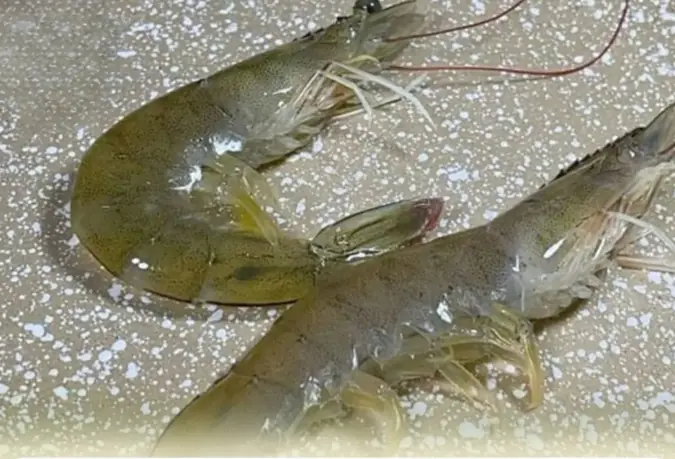
Many housewives probably don't know this
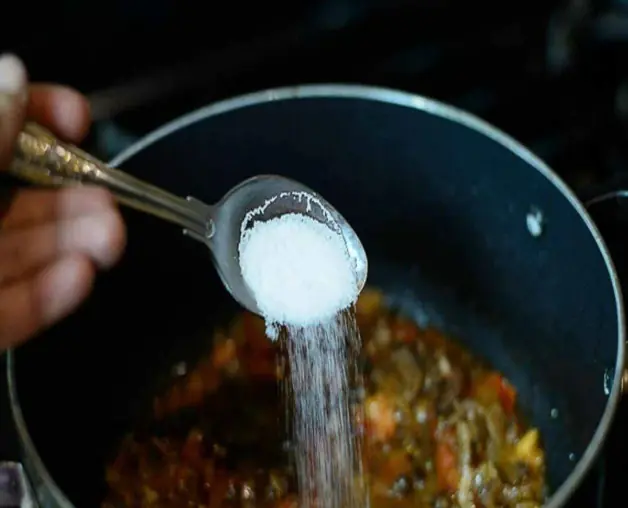
Tips for handling if the dish is too salty

Always pay attention when using electricity
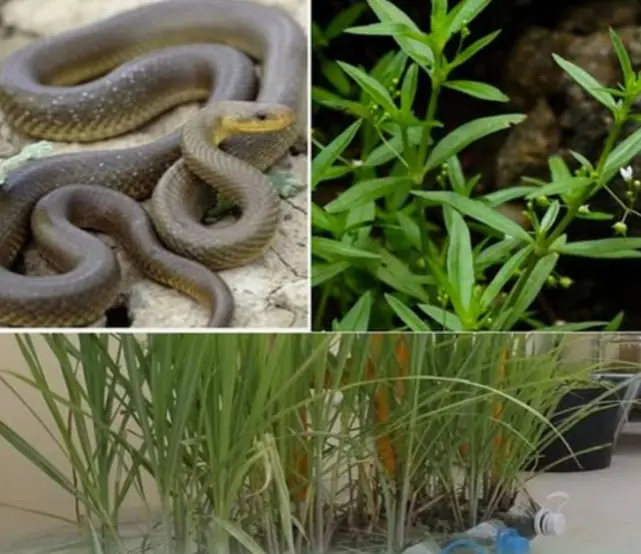
Be careful when planting these plant

This will be good for you when traveling
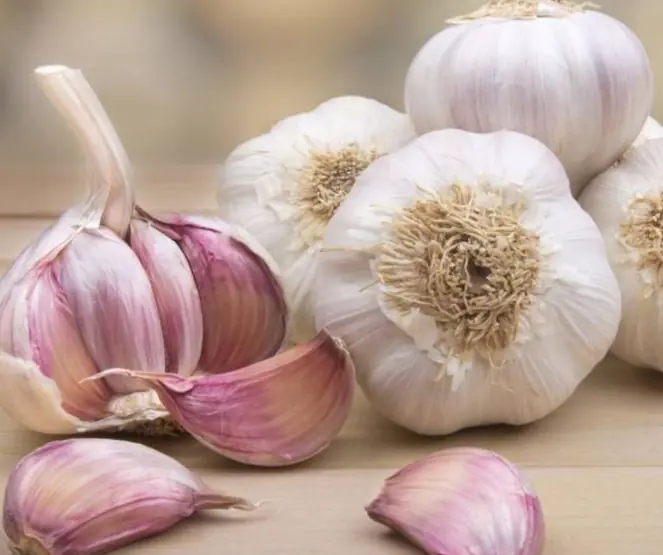
When going to the market to buy garlic, you need to pay attention

The Power of Mimosa Pudica: 10 Benefits
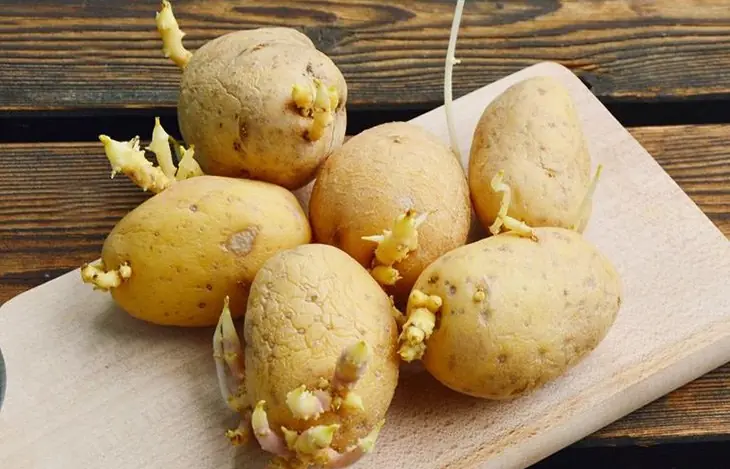
Unexpected effects of sprouted potatoes
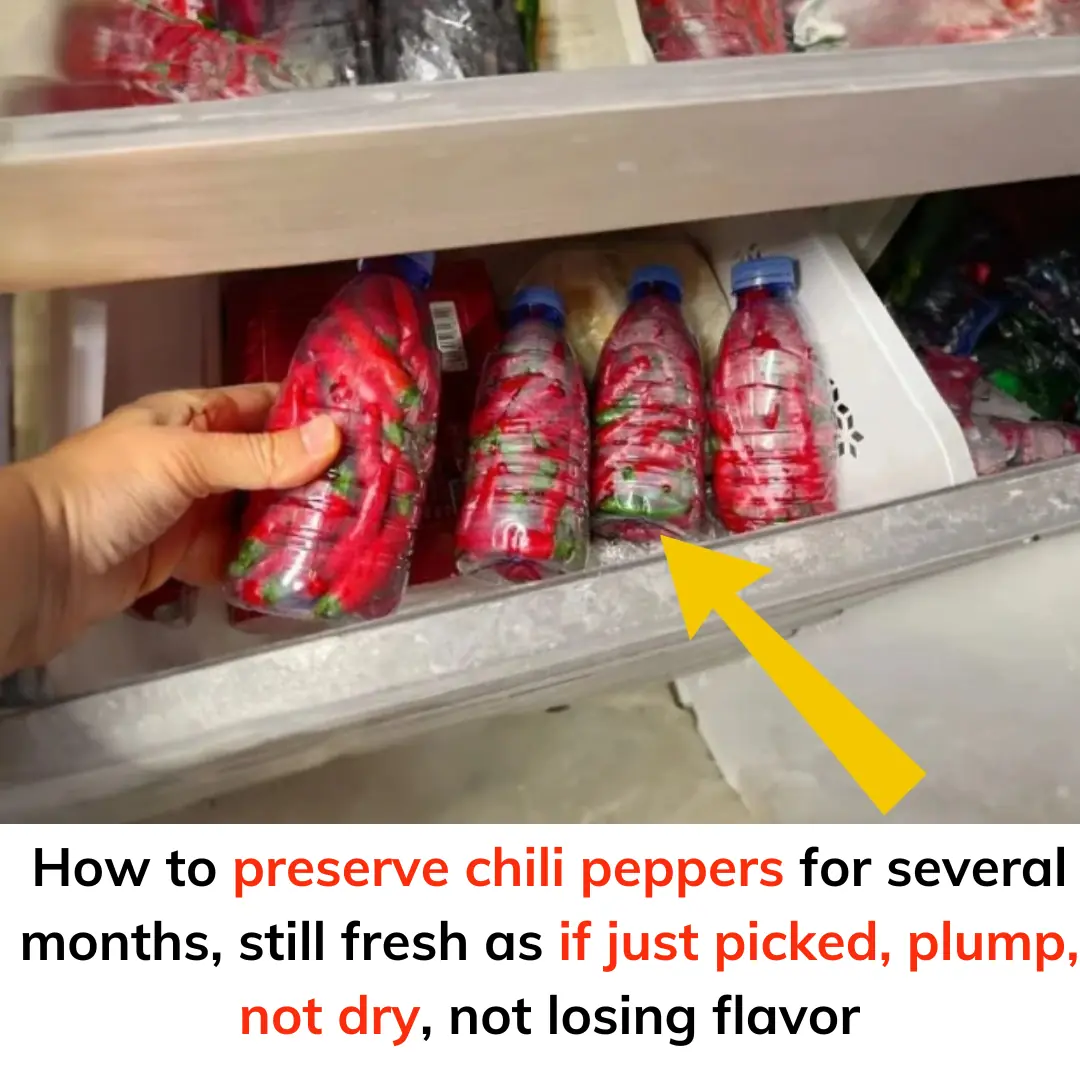
How to preserve chili peppers for several months

New Coronavirus Strain Found in Bats in China Could Potentially Infect Humans
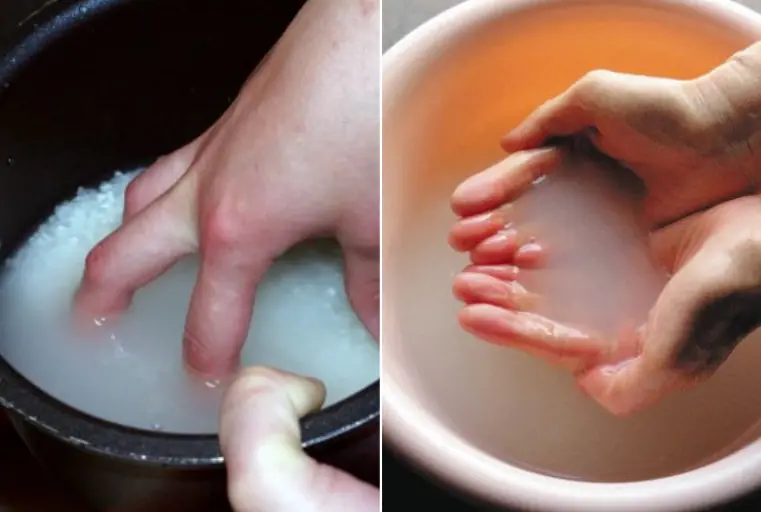
Stop Wasting Rice Water!

90% of People Are Setting Their Fridge Temperature Wrong

9 Quick Tips to Relieve Nighttime Calf Cramps While Sleeping
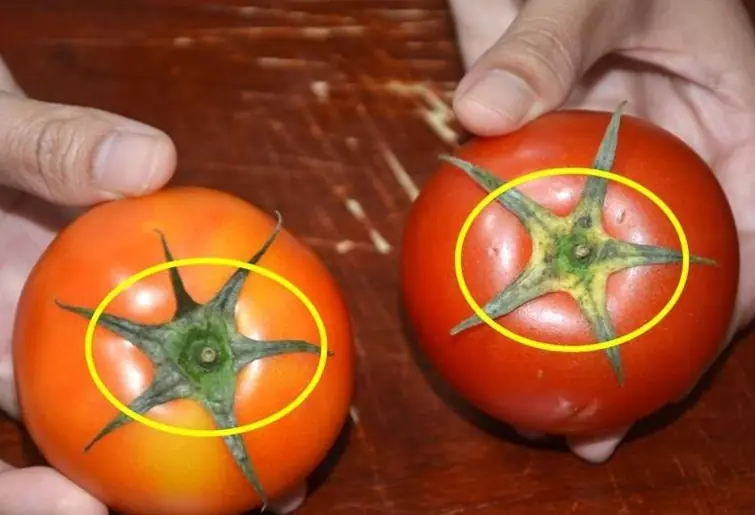
Distinguish Naturally Ripened Tomatoes
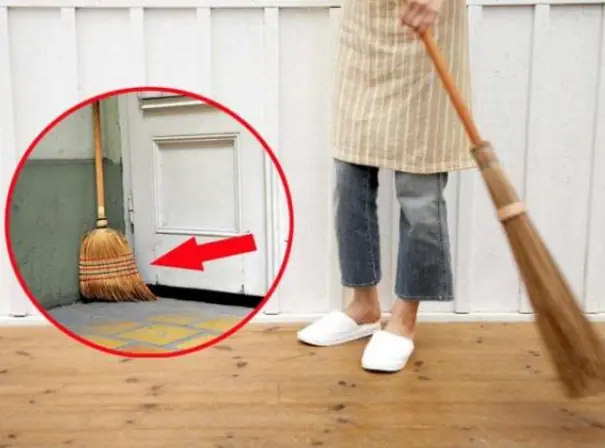
Placing a Broom in These 4 Positions Could Sweep Away Your Wealth

Add One More Spice When Simmering Pork
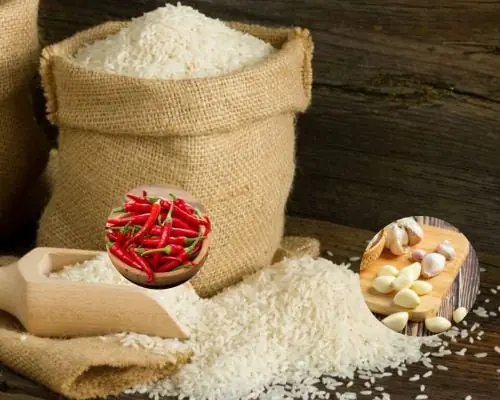
Burying Garlic in a Rice Container: A Brilliant Household Trick Everyone Will Love
News Post

Mistakes that every home makes when boiling water

Knowing the uses is very surprising.

Helps the toilet always smell fresh

A new coronavirus in China

Many people still don't pay attention to this when flying

Check for 6 diseases

10 Signs of Throat Cancer to Never Ignore

Humans Glow In The Dark, It’s Just Too Weak For Our Eyes To See

A father's words are never wrong...

Not everyone can guess it

Many housewives probably don't know this

Tips for handling if the dish is too salty

Always pay attention when using electricity

Why do they have to do that?

Watching cartoons is so strange

This will be good for you when traveling

When going to the market to buy garlic, you need to pay attention
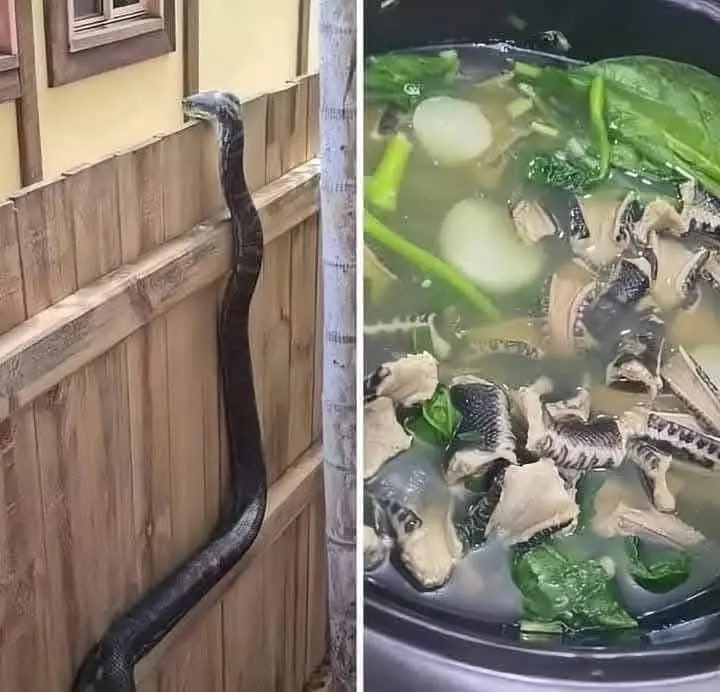
The e n d of p r y i n g into other people's lives and privacy
